Sostenibilidad en el Cultivo de Cacao (Theobroma Cacao L.) Por las Oportunidades de Economía Circular para la Provincia los Ríos
Resumen
El incipiente manejo de los desechos de la producción de cacao, genera degradación ambiental, afectación a la salud y a los ingresos económicos de los agricultores. Al evaluar 372 unidades de producción agrícola de cacao (Theobroma cacao L.) en la zona norte de la provincia Los Ríos, mediante un muestreo aleaotorio simple y estratificado con un nivel de confianza del 95% y 0,05 de error; destacó la existencia de nueve áreas de producción y 20 subproductos del cacao que contribuirían al 86% de agricultores dispuestos a conocer 48 beneficios potenciales de la economía circular. Superar las deficiencias en asistencia técnica enseñando el proceso de aprovechamiento de los residuos de la producción de cacao mediante la economía circular, permitirá a los agricultores promover 22 beneficios ambientales, 16 sociales y 10 económicos, tributando a los Objetivos del Desarrollo Sostenible (3. Salud y Bienestar; 8. Trabajo decente y crecimiento económico; 13. Acción por el clima y 15. Vida de ecosistemas terrestres).
Descargas
Citas
Acosta N, D. V. (2018). Cocoa residues as viable biomass for renewable energy production through anaerobic digestion. . Bioresour Technology , 72. doi: https://doi.org/10.1016/j.biortech.2018.05.100
Ajwani., F. T. (2021). Enhancing the circular and modified linear economy: The importance of blockchain for developing economies. . Resource Conservtion Recycle , 168.
Angamarca., I. C. (2018). Caracterización Tipológica del Sector Hotelero de la Provincia de Los Ríos, Ecuador. Revista Ciencias Sociales y Económicas, 55–70. doi: https://doi.org/10.18779!csye.v2il.266
Azapagic., M. G. (2019). A methodological framework for the implementation of circular economy thinking in higher education institutions: Towards sustainable campus management. . Journal Clean Production , 44.
Barros MV, S. R. (2020). Mapping of research lines on circular economy practices in agriculture: From waste to energy. Renewiew Sustaintable Energy , 131. doi: https://doi.org/10.1016/j.rser.2020.109958
Battegazzore D, B. S. (2014 ). Plasticizers, antioxidants and reinforcement fillers from hazelnut skin and cocoa by-products: Extraction and use in PLA and PP. Polym Degrad Stab, 297–306. doi:https://doi.org/10.1016/j.polymdesgradstab.2014.03.003
Belščak-Cvitanović A, V. A.-H. (2018). Encapsulation templated approach to valorization of cocoa husk, poppy and hemp macrostructural and bioactive constituents. Ind Crops Prod, 402 - 11. doi:https://doi.org/10.1016/j.indcrop.2017.12.020
Bressanelli G, P. D. (2021). Enablers, levers and benefits of Circular Economy in the Electrical and Electronic Equipment supply chain: a literature review. . J Clean Production, 298. doi:https://doi.org/10.1016/j.jclepro.2021.126819
Campos-vega R, N.-f. K. (2018). Cocoa (Theobroma cacao L.) pod husk: Renewable source of bioactive compounds. . Trends Food Science Technology , 84. doi:https://doi.org/10.1016/j.tifs.2018.09.022
Cortés., O. F. (2020). Environmental assessment of viticulture waste valorisation through composting as a biofertilisation strategy for cereal and fruit crops. . Environmental Pollution, 1–8.
Dahunsi SO, A.-D. A. (2019). Cleaner energy through liquefaction of Cocoa (Theobroma cacao) pod husk: Pretreatment and process optimization. . J Clean Prod , 226:578–88. . doi: https://doi.org/10.1016/j.jclepro.2019.04.112
Elia V, G. M. (2017 ). Measuring circular economy strategies through index methods: A critical analysis. . J Clean Prod , 142:2741–51. doi:http://dx.doi.org/10.1016/j.jclepro.2016.10.196
García-Herrero L, D. M. (2019). Sustainability concerns and practices in the chocolate life cycle: Integrating consumers’ perceptions and experts’ knowledge. . Sustainble Production Consum , 27. doi: https://doi.org/10.1016/jspc.2019.06.003
Ghisellini P, R. M. (2018). Exploring environmental and economic costs and benefits of a circular economy approach to the construction and demolition sector. A literature review. J Clean Production , 43. doi:http://dx.doi.org./10.1016./j.jclepro.2017.11.207
González., ,. B. (2020). Influencia de las variables climáticas en el rendimiento de cultivos transitorios en la provincia Los Ríos, Ecuador. Centro de Investigación Agropecuaria, 54–64. doi:http://cagricola.uclv.edu.cu
Homrich., C. G. (2018). The circular economy umbrella: Trends and gaps on integrating pathways. J Clean Production, 43. doi:https://doi.org/10.1016/j.jclepro.2017.11.064
Hungaro Arruda E, B. M. (2021). Circular economy: A brief literature review (2015–2020). . Sustain Oper Comput , 2:79–86. Obtenido de https://reader.elsevier.com/reader/sd/pii/S2666412721000167?token=D5AC2A
Instituto Espacial Ecuatoriano, M. d. (2013). Sistemas productivos. Obtenido de http://app.sni.gob.ec/sni-link/sni/PDOT/ZONA5/NIVEL_DEL_PDOT_CANTONAL/LOS_RIOS/VALENCIA/IEE/MEMORIAS_TECNICAS/mt_valencia_sistemas_productivos.pdf
Kaba., Y. A. (2021). Towards sustainable agroforestry management: Harnessing the nutritional soil value through cocoa mix waste. Waste Managment, 72. doi:https://doi.org/10.1016/j.wasman.2021.02.021
Mariatti F, G. V. (2021). Process intensification technologies for the recovery of valuable compounds from cocoa by-products. . Innovation Food Science Emergency Technology , 68. doi:https://doi.org/10.1016/j.ifset.2021.102601
Mendoza JMF, G.-S. A. (2019). A methodological framework for the implementation of circular economy thinking in higher education institutions: Towards sustainable campus management. . J Clean Production, 44.
Murillo. (2018). Fomento de la Economía Circular a partir del aprovechamiento de los subproductos agrícolas en el marco del postconflicto en Colombia. doi:https://upcommons.upc.edu/handle/2117/128600
Ng HS, K. P.-W. (2020). Recent advances on the sustainable approaches for conversion and reutilization of food wastes to valuable bioproducts. Bioresour Technol, 135. doi:https://doi.org/10.1016/j.jclepro.2017.12.111
Nguyen VT, T. A. (2021). Microencapsulation of phenolic-enriched extract from cocoa pod husk (Theobroma cacao L.). . Powder Technol , 136. doi:https://doi.org/10.1016/j.powtec.2021.03.033
Papillo VA, L. M. (2019). Cocoa hulls polyphenols stabilized by microencapsulation as functional ingredient for bakery applications. Food Res .
Parodi., V. L. (2022). Embedding circularity into the transition towards sustainable agroforestry systems in Peru. Science Total Environmental, 838. doi:ilable from: https://doi.org/10.1016/jscitotenv.2022.156376
Pérez., C. A. (2017). La inversión de impacto como medio de impulso al desarrollo sostenible: una aproximación multicaso a nivel de empresa en Colombia. Estudios Gerenciales Available from:, 13–23. doi:http://dx.doi.org/10.1016/j.estger.2017.02.002
Piekarski., B. S. (2020). Mapping of research lines on circular economy practices in agriculture: From waste to energy. . Renew Sustain Energy Review, 131. doi:https://doi.org/10.1016/j.rser.2020.109958
Rabaey., A. D. (2018). Cocoa residues as viable biomass for renewable energy production through anaerobic digestion. Bioresour Technol, 265:568. doi:https://doi.org/10.1016/j.biortech.2018.05.100
Rashid., S. (2021). Food waste recycling for compost production and its economic and environmental assessment as circular economy indicators of solid waste management. J Clean Production, 317. doi:https://doi.org/10.1016./j.jclepro.2021.128467
Rodrigues., O. N. (2017). Cocoa shell and its compounds: Applications in the food industry. Trends Food Science Technology, 63:103–12. doi:http://dx.doi.org/10.1016/j.tifs.2017.03.007
Saavedra-Sanabria OL, D. D.-T. (2021). Cellulose biosynthesis using simple sugars available in residual cacao mucilage exudate. . Carbohydr Polym, 1–12. doi: https://doi.org/10.1016/j.carbpol.2021.118645
Shahzad., R. (2021). Food waste recycling for compost production and its economic and environmental assessment as circular economy indicators of solid waste management. J Clean Production, 317. doi: https://doi.org/10.1016/j.jclepro.2021.128467
Tardzenyuy ME, J. Z. (2020). Improving cocoa beans value chain using a local convection dryer: A case study of Fako division Cameroon. Sci African. doi:https://doi.org/10.1016/j.sciaf.2020.e00343
Vásquez ZS, d. C. (2019). Biotechnological approaches for cocoa waste management: A review. . Waste Managment , 72–83. doi:https://doi.org/10.1016/j.wasman.2019.04.030
Velasco, M. M. (2021). Circular economy implementation in the agricultural sector: Definition, strategies and indicators. Resource Conservation Recycle, 170. doi:https://doi.org/10.1016/j.resconrec,2021.105618
Veloso MCR de A, P. M. (2020). Potential destination of Brazilian cocoa agro-industrial wastes for production of materials with high added value. . Waste Managment, 36–44.
Derechos de autor 2023 Mariela Alexi Díaz Ponce , Ximena Paola Cervantes Molina, Carolina Liseth Chesme Rios

Esta obra está bajo licencia internacional Creative Commons Reconocimiento 4.0.

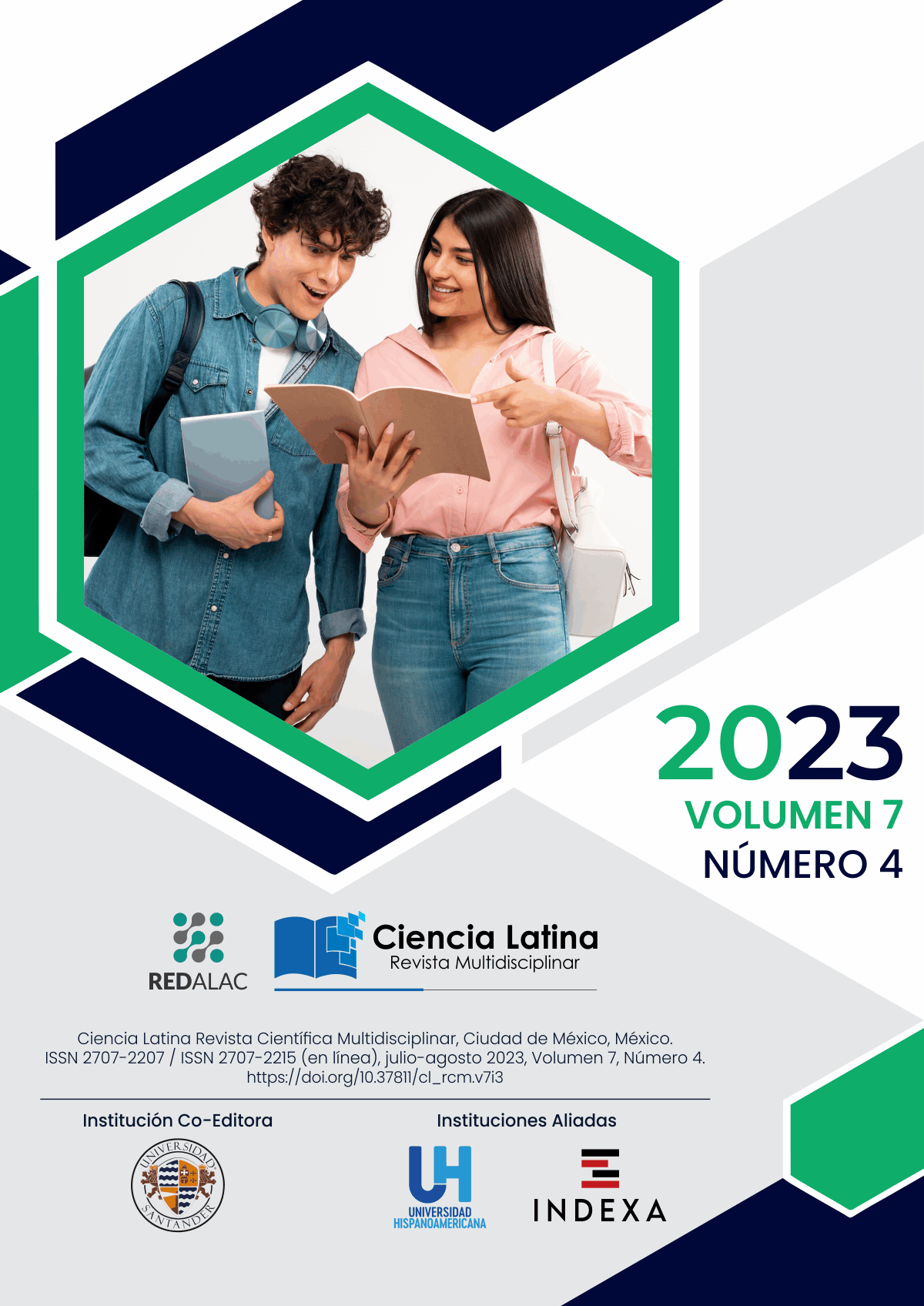

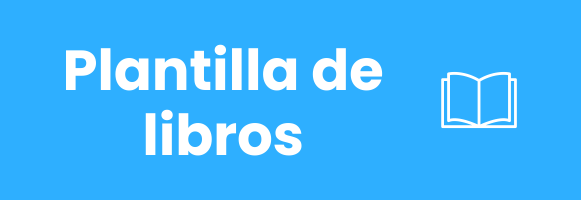
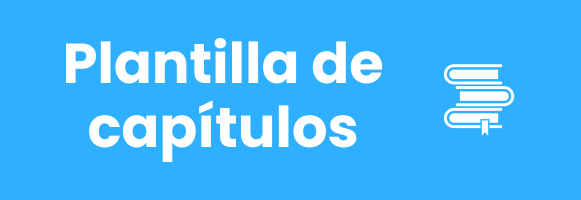
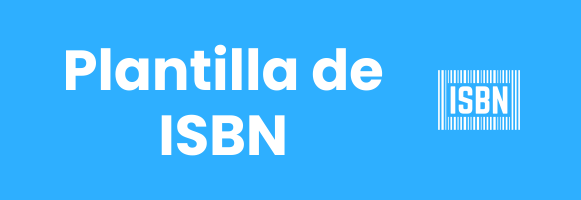




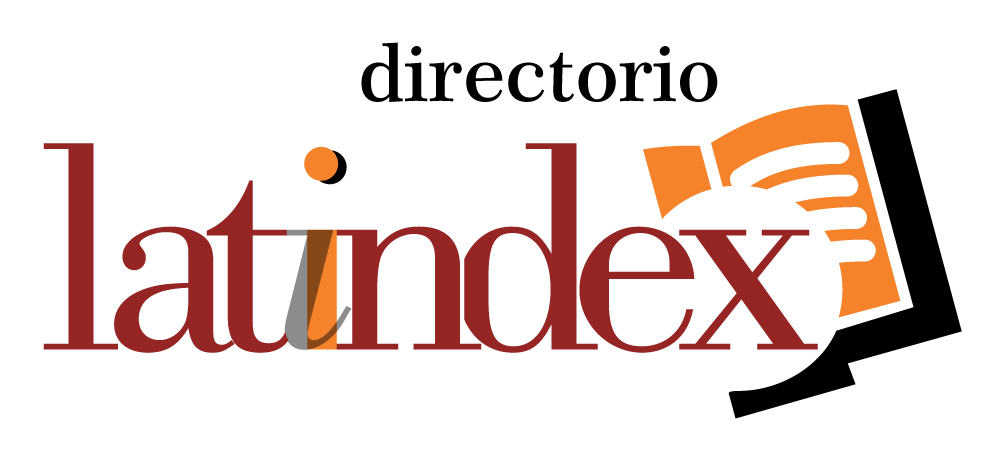
.png)
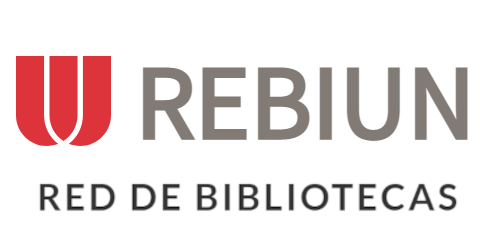







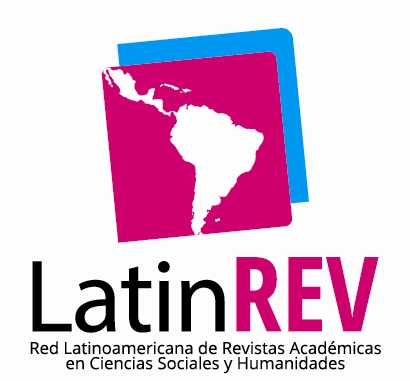

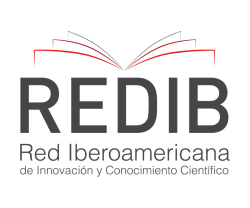


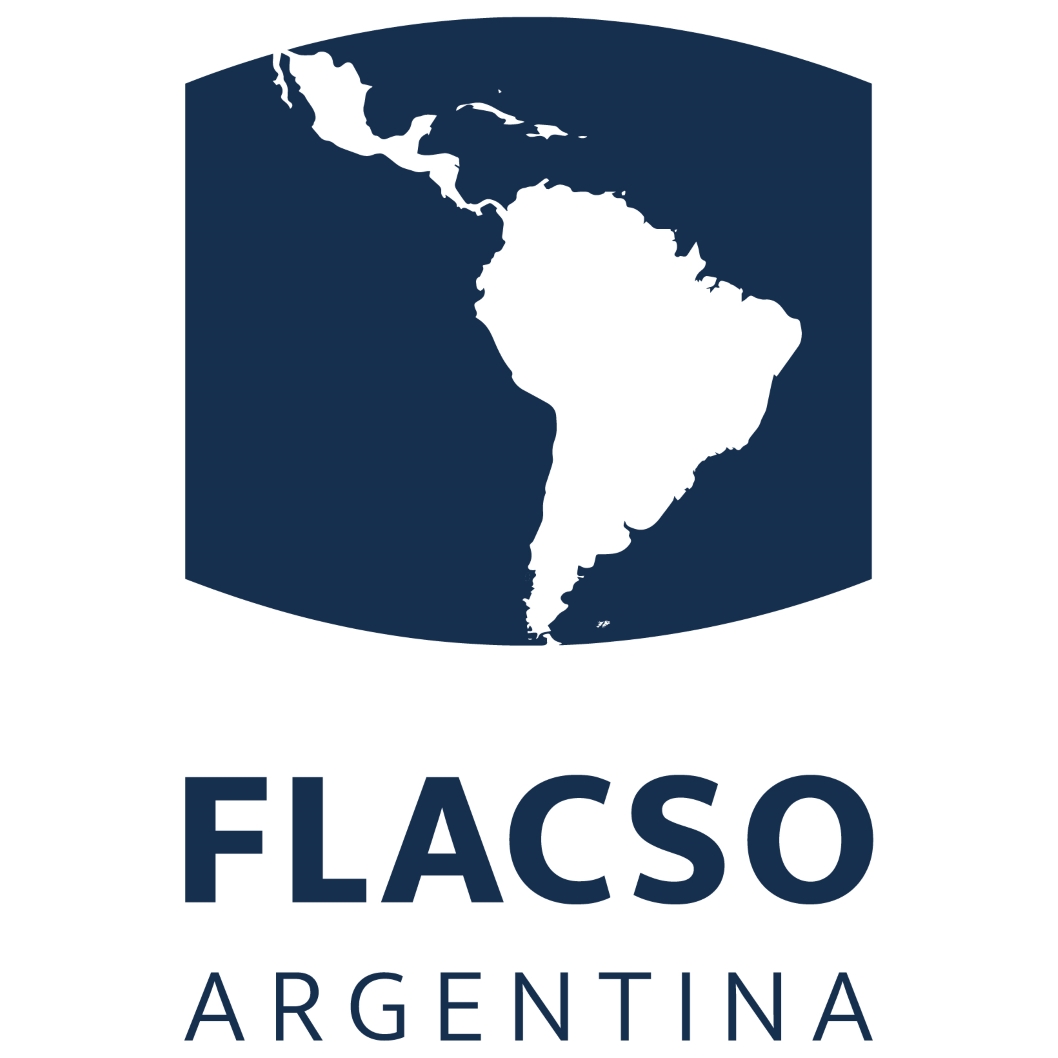






.png)
1.png)


